Kounavoi is a village in the Heraklion regional unit on the island of Crete, Greece. It is the seat of the Kounavoi community in the municipality of Archanes-Asterousia. The village is located 15 km from Heraklion city, at an altitude of 340 meters. Kounavoi sits on the site of the ancient Minoan city of Eltynia.
Economy
The main occupations of the residents are olive cultivation and viticulture, producing raisins, table grapes, and olive oil.
Village Amenities
Kounavoi has a primary school and a kindergarten.
Churches
There are three churches within the village:
- The Church of the Transfiguration of the Saviour, a three-aisled Byzantine church also dedicated to Saint Nicholas and Saint Demetrius. According to local tradition, this church was built by five unmarried sisters, each of whom built one of its domes.
- The Church of Saint George (also known as “Apochalikias,” meaning “of the rubble”). This church was reportedly built using leftover rubble from the construction of the Church of the Transfiguration.
- The Church of the Dormition of the Theotokos.
Approximately 300 meters from the village, in a vineyard, is the Church of Saint Panteleimon, which celebrates its feast day on July 27th.
History
Archaeological Findings:
- The area around Kounavoi has yielded significant archaeological finds. A Geometric cemetery with a tholos tomb, unique for northern Crete, was discovered near the village.
- At the site of Zagouras, large buildings with ashlar masonry and pottery shards dating from the Greek period have been found.
- Near the now-uninhabited settlement of Zagourianoi, building remnants and Doric capitals were discovered in 1918 during road construction. An inscribed plaque from the 6th century BC, with a boustrophedon inscription concerning laws about houses (a fragment of the Great Inscription of Gortyn), was also found. This inscription confirms that the ancient city of Eltynia or Eltynaia was located at the site of present-day Kounavoi.
- At the site of Skenteri, clay votive plaques with relief depictions of a mounted warrior fighting a dragon, reminiscent of Saint George, have been found. These date from the Hellenistic period.
Historical Records:
- The settlement is first mentioned in a document from 1212 as Sconavi. It appears in a contract from 1271 with a similar name, Conave. Venetian records from 1368-1394 refer to the village as Conave and Cunavus.
- In the Venetian census of 1583, Kounavoi (recorded as Cunagus) had 205 inhabitants.
- During the Ottoman period, the village had a mixed population of Christians and Turks. The Egyptian census of 1834 records Kounavoi (as Kunavi) with 10 Christian and 10 Turkish families. In 1881, Kounavoi belonged to the municipality of Agies Paraskies, with 277 Christians and 226 Turks.
- Following the Greco-Turkish War and the population exchange between Greece and Turkey in 1922, many Greek refugees from Asia Minor settled in Kounavoi.
Other Historical Features:
- The Venetian-Turkish bridge known as “Soulachi i Kamara”
- The single-aisled church of Saint Constantine
- Venetian wine presses (patitaria) located at the sites of Ai Nikolas, Korakia, and Skepasta Patitaria
These structures have been designated as historical monuments.
Village Key Points
- Historical References: Documents from 1212, 1271, 1368-1394; Venetian censuses (1583); Ottoman records (1834, 1881)
- Location: Heraklion regional unit, Crete, Greece
- Historical Significance: Located on the site of the ancient city of Eltynia; possesses a unique tholos tomb from the Geometric period; Venetian-Turkish bridge and other historical structures.
- Population data over the years:
Year |
Population |
Notes |
|---|---|---|
1583 |
205 |
|
1834 |
10 Christian families, 10 Turkish families |
|
1881 |
277 Christians, 226 Turks |
|
1900 |
492 |
|
1928 |
780 |
|
2021 |
803 |
- Current Status: A thriving village, seat of the local community.













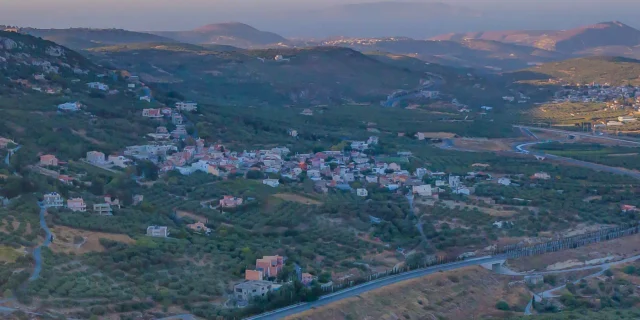

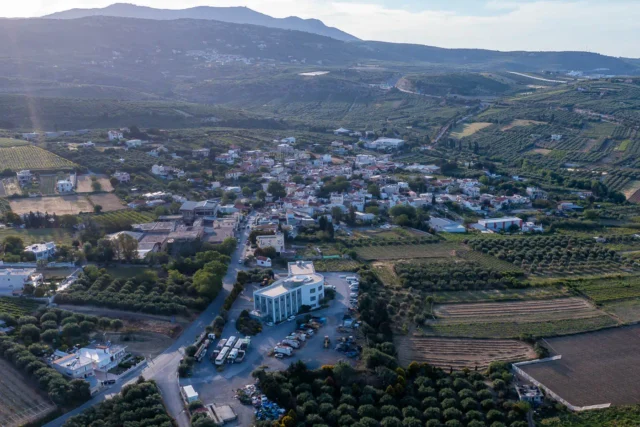

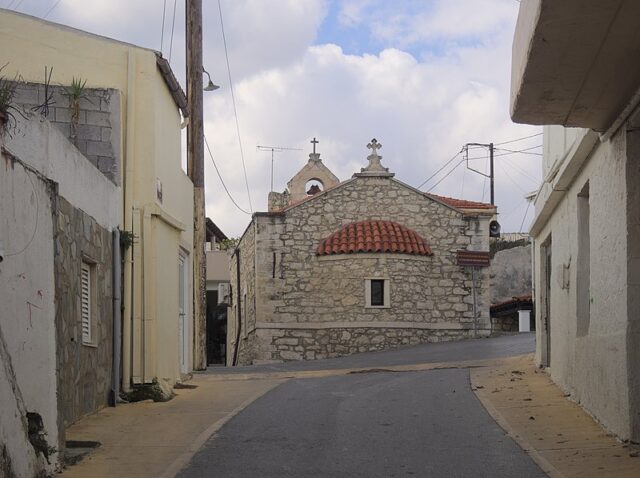

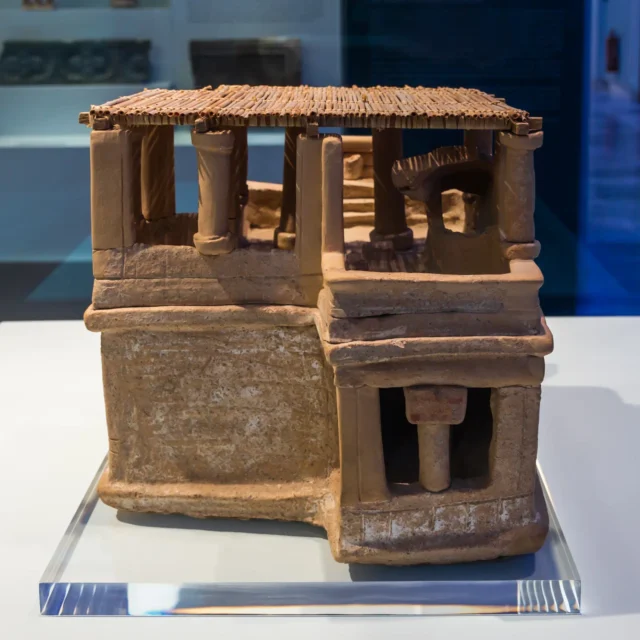
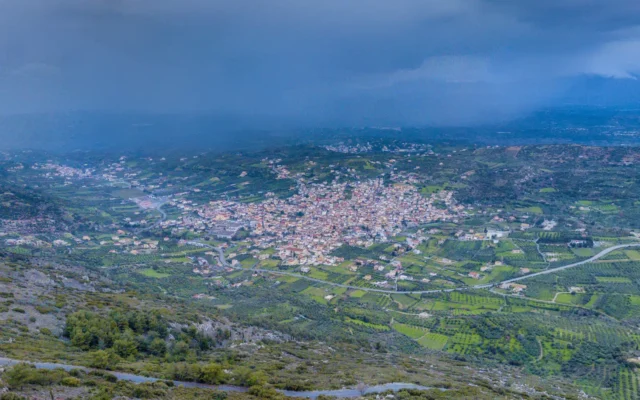

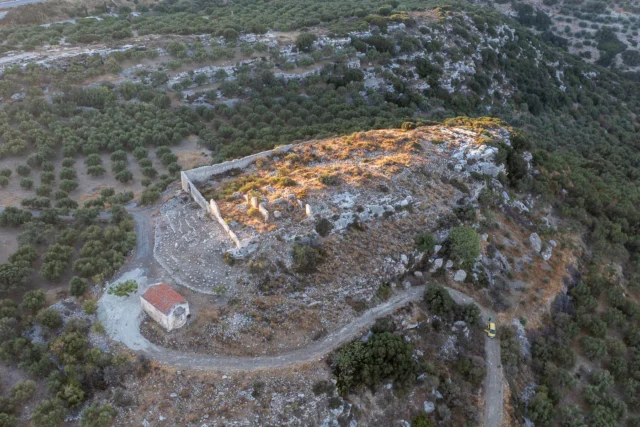

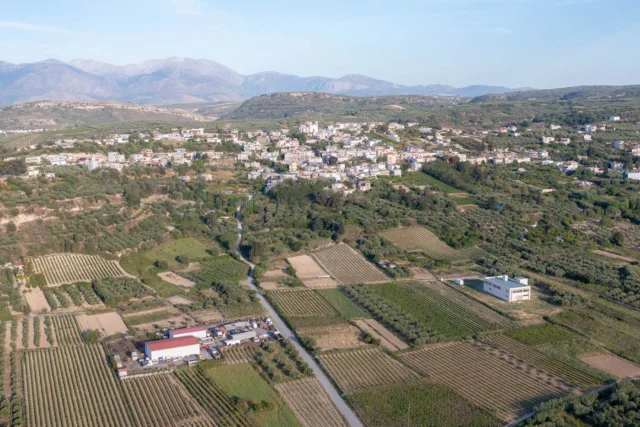


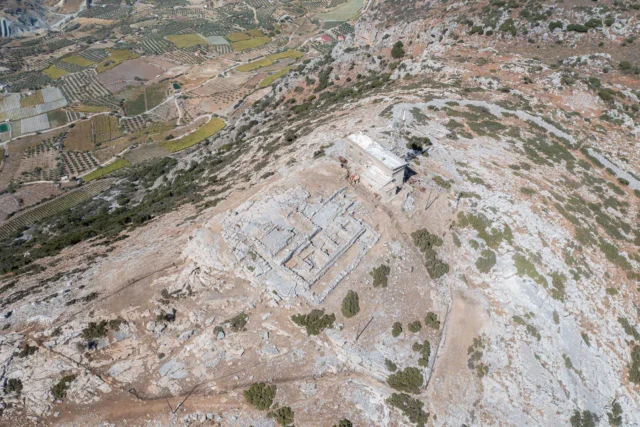
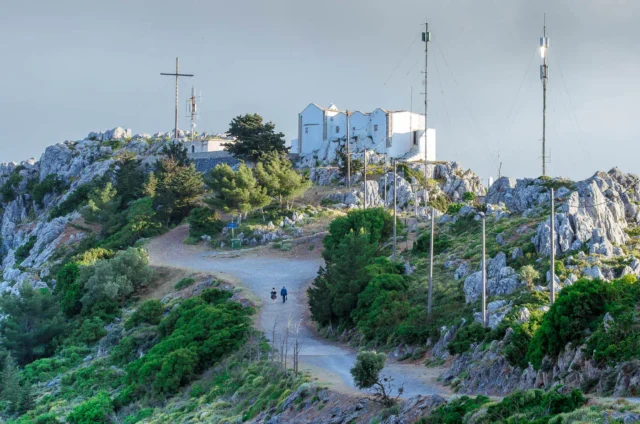

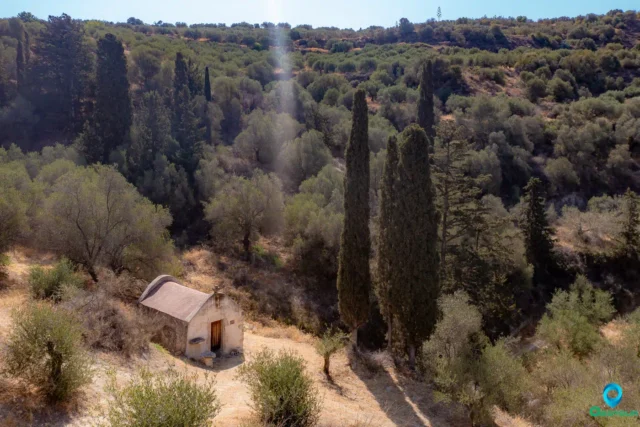
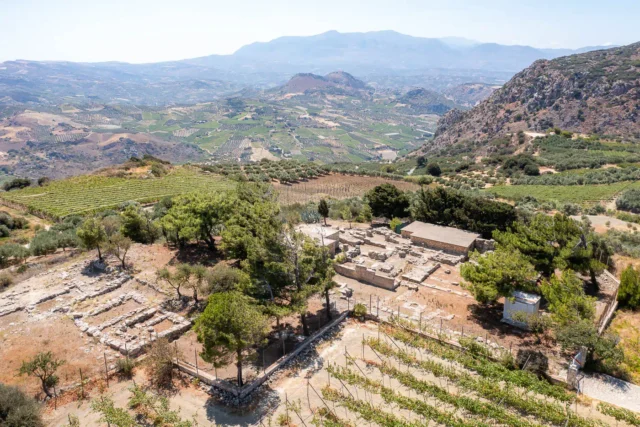
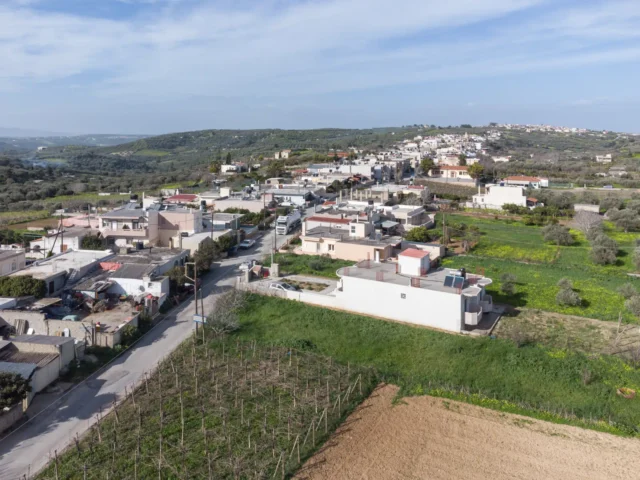
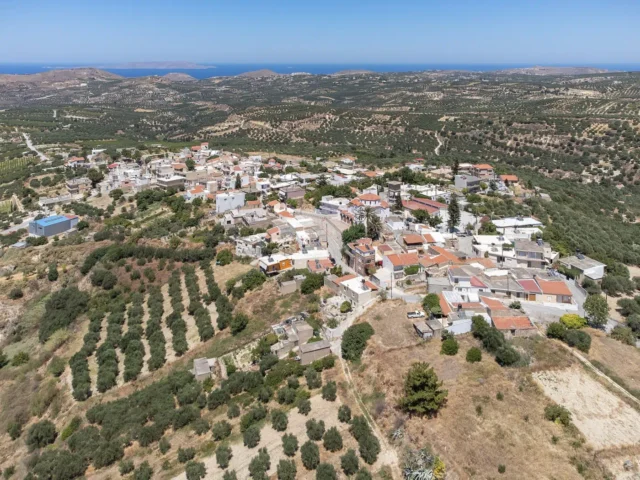

There are no comments yet.